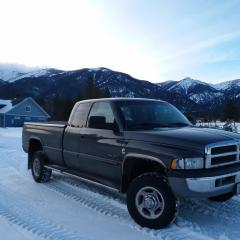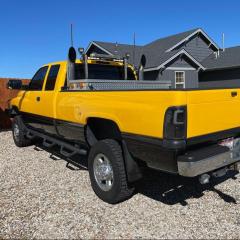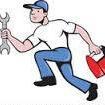- Replies 16
- Views 2.4k
- Created
- Last Reply
Top Posters In This Topic
-
Tractorman 7 posts
-
JAG1 2 posts
-
Max Tune 2 posts
-
YeaImDylan 2 posts
Most Popular Posts
-
It will always take more torque than the original torque to break a fastener loose because the bolt was still moving when it reached its final torque value (dynamic friction). It will require dynamic
-
I think I once used a punch to mark the location of the nut relative to the pinion shaft and tightened it back on until the marks lined up as I didn't have a torque wrench that would go high enough.
-
One module year, I can't remember right now, there were a lot of Volvos that had pion seal leaks. These where Dyna differentials with crush sleaves. I would do the same thing: mark the pion, mark t







Hey all, planning/wanting to do the rear pinion seal on my truck and while talking to my dad about it on the phone, he warned about having to re lash the diff after taking that big nut off (the one torqued to 450+ ft/lbs). Is this the case? Truck I'm almost certain has a Dana 80 due to it having the 6sp from factory. Any knowledge or tips or suggestions are appreciated!
Thank you all.